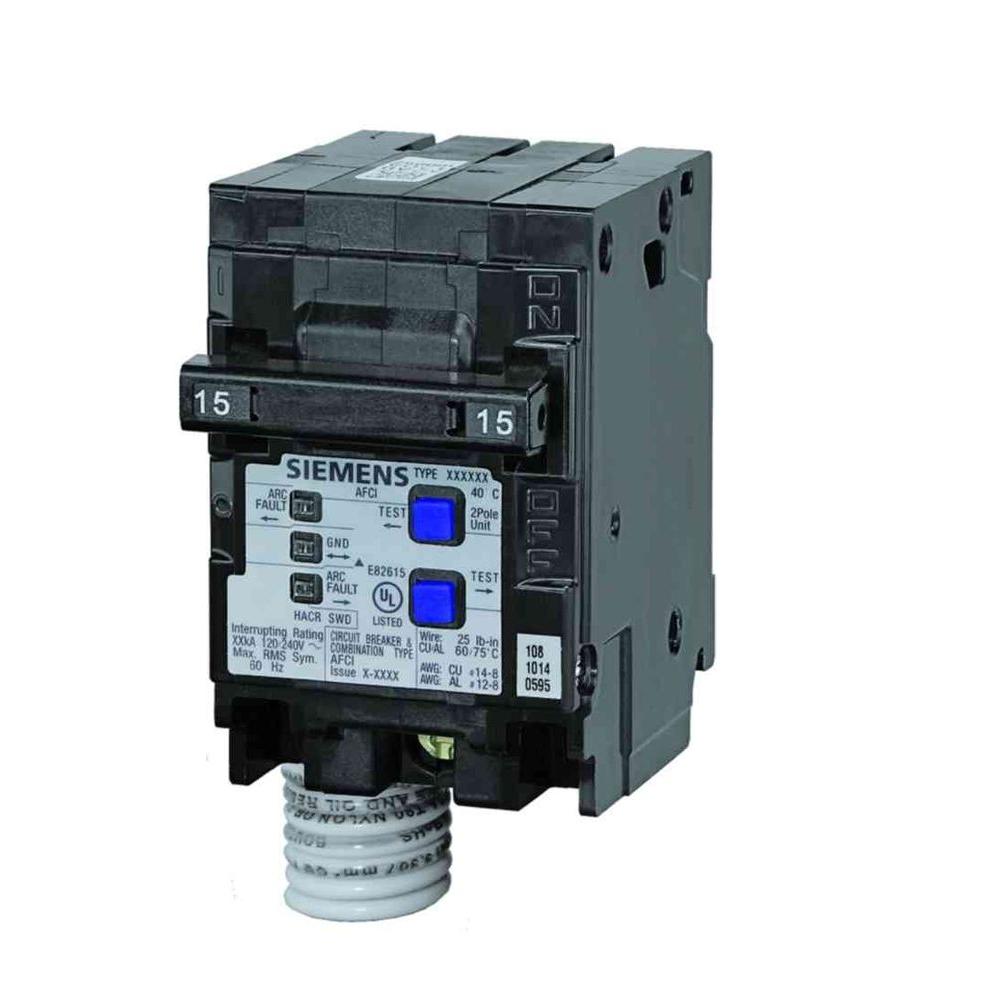An AFCI is a great addition to K&T wiring. While the conductors in K&T are separated by large distances, and even studs, they do come together at junction boxes which are often metallic. An AFCI adds a layer of peace of mind to the situation.
Be sure to measure your K&T wire to determine gauge. It can take slightly more current than the modern equivalent at the same wire size, but to be safe stick with the modern values. You'll probably need a 2-pole (not tandem) AFCI, as K&T was often wired with a shared neutral.

 Fora more complete writeup of K&T retrofit see https://diy.stackexchange.com/a/20279/5960
Fora more complete writeup of K&T retrofit see https://diy.stackexchange.com/a/20279/5960
Note: when I replace a fixture in a K&T circuit I address the metal box weak point with some new loom, slipped over the wires as they come into the box. The old loom, which could easily be 50 to 100 years old, is sometimes but not always brittle. I'll also pull out the wire and wrap the exposed area with friction tape. This is the only point in the entire K&T system that even needs insulation.
Update March 2018: I now use shrink tubing to strengthen the insulation when changing a fixture on old wiring. It just slips over the old wire, and I shrink whatever section of it my heat gun can reag.
